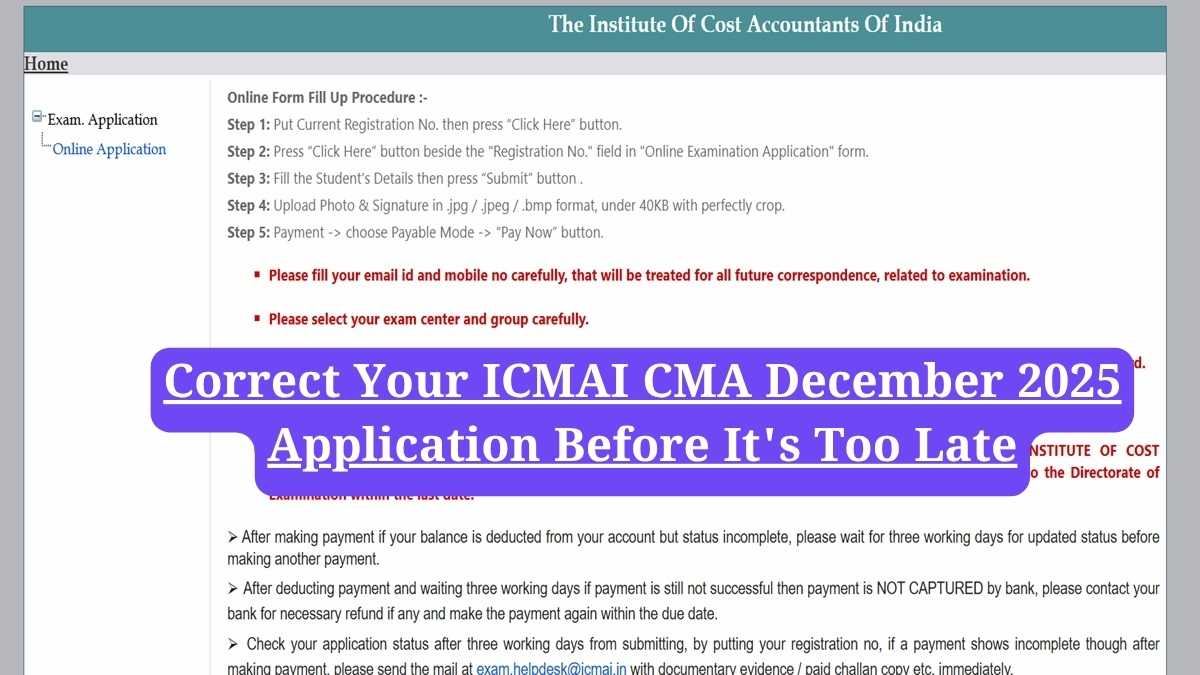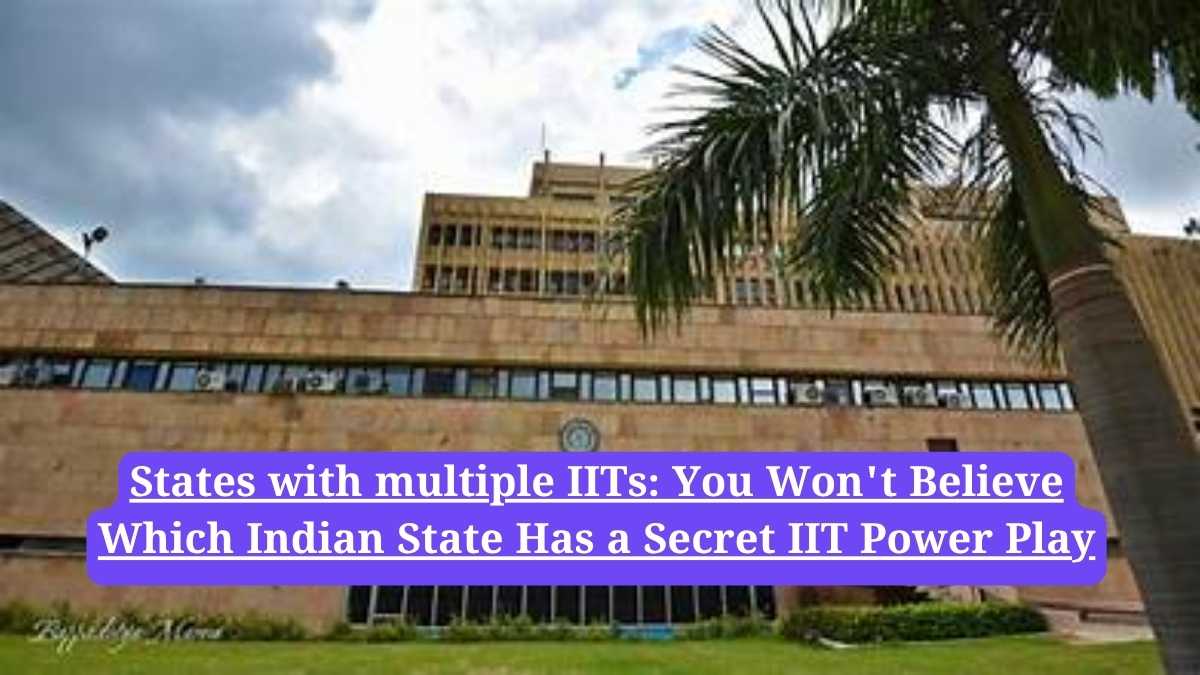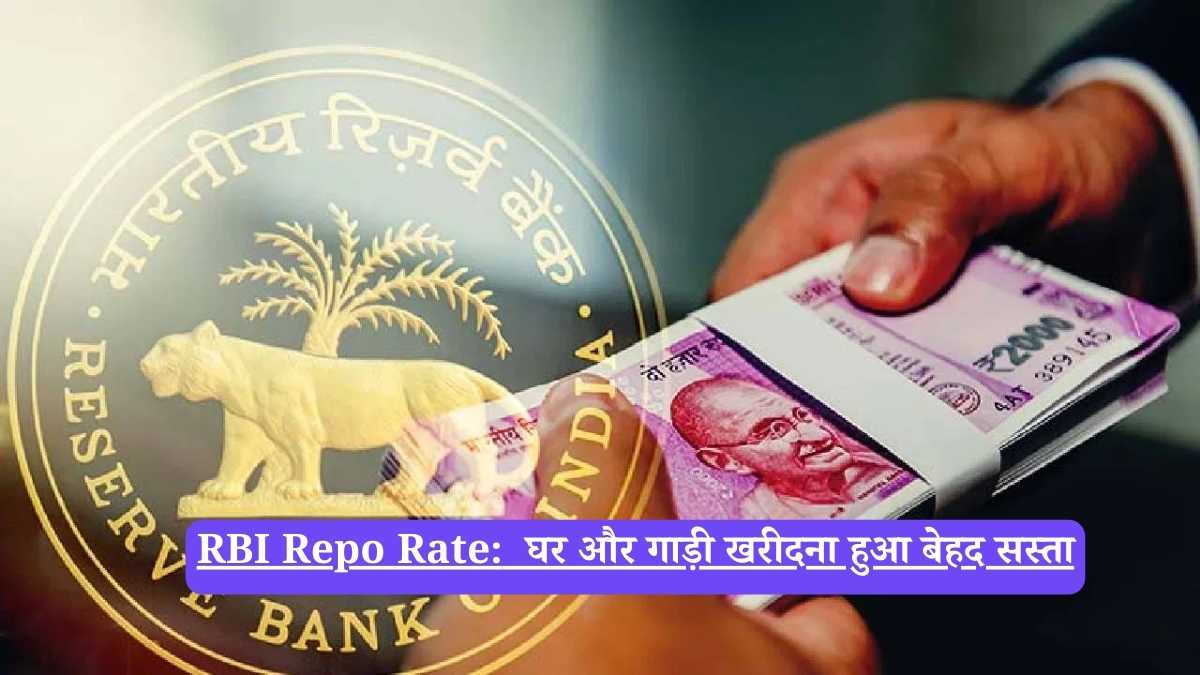Join WhatsApp
Join NowTaj Mahal : The Taj Mahal, India’s timeless emblem of love and a UNESCO World Heritage site, is far more than a monument of historical and cultural significance—it is a formidable economic powerhouse. This stunning white marble mausoleum in Agra doesn’t just captivate the hearts of millions of visitors each year; it also plays a crucial role in fueling the nation’s economy. A deep dive into its revenue from ticket sales reveals that this architectural wonder is a vital financial asset for both the state and central governments.
In the fiscal year 2023-24, the Taj Mahal generated a colossal income of approximately ₹98.55 crore through ticket sales alone. This impressive figure was achieved by attracting around 6.78 million tourists from across the globe, a testament to its enduring allure.When broken down, these numbers translate into an astonishing average daily earning of about ₹27 lakh, showcasing the monument’s consistent and significant financial contribution.
The revenue stream is carefully structured, with a differential pricing system for domestic and international visitors. An Indian tourist pays a modest ₹50 for entry, while a foreign visitor contributes ₹1,100. This pricing strategy, combined with additional fees for professional cameras, special guided tours, and other ancillary services, helps maximize the monument’s earning potential.
More Than a Monument: A Catalyst for the Local Economy
The economic impact of the Taj Mahal extends far beyond the ticket counters of the Archaeological Survey of India (ASI). This steady flow of high-value tourism is the lifeblood of Agra’s local economy. The city’s thriving ecosystem of hotels, restaurants, transportation services, and souvenir shops is intrinsically linked to the monument’s popularity. The revenue generated by the Taj Mahal creates a powerful ripple effect, directly supporting countless jobs and stimulating robust economic activity throughout the region.
This success story isn’t just about high visitor numbers. Despite a nearly 20% rise in footfall at India’s heritage sites between 2019 and 2024, the overall revenue has slightly dipped, highlighting a shift in visitor demographics. While domestic tourism has surged, the number of higher-paying international tourists has yet to return to pre-pandemic levels. Nonetheless, the Taj Mahal remains the top-earning monument in the country by a significant margin. For the 2023-24 fiscal year, its earnings dwarfed those of other famous sites like Delhi’s Qutub Minar (₹23.8 crore) and Red Fort (₹18.08 crore).
Unlocking Future Potential: The Road to Greater Growth
While these figures are impressive, industry experts and official reports suggest that there is still immense untapped potential. With strategic investments in the preservation of the monument, enhanced marketing campaigns, and upgraded tourism infrastructure, the Taj Mahal’s revenue could soar even higher.
The path forward lies in innovation. Implementing advanced digital ticketing systems to streamline entry, curating exclusive tour packages for discerning travelers, and launching targeted international promotional campaigns could attract a larger and more diverse audience. These measures would not only boost tourist numbers but also significantly increase the average daily revenue, further solidifying the Taj Mahal’s status as not just a symbol of India’s rich heritage, but also a cornerstone of its tourism economy.

















